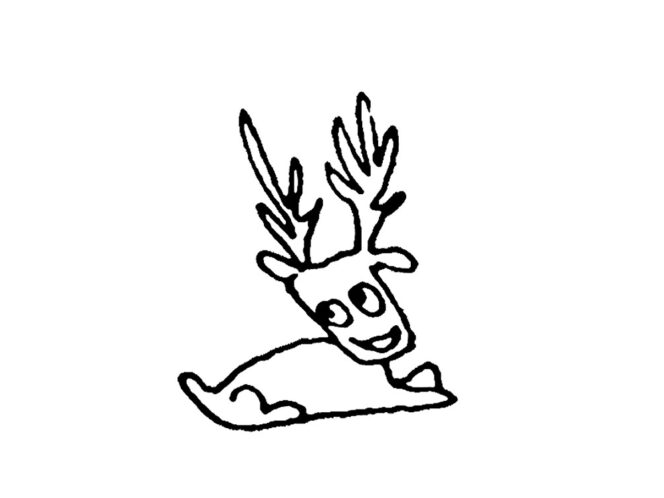
Reading time 3 minutes
According to Norse mythology, a Viking turned into an invincible berserker after consuming a decoction of Amanita muscaria – commonly known as fly agaric. Can mushrooms also serve as a stimulant today?
“If I had to choose between ‘yes’ or ‘no’, I would say: ‘yes’. But it is not easy,








